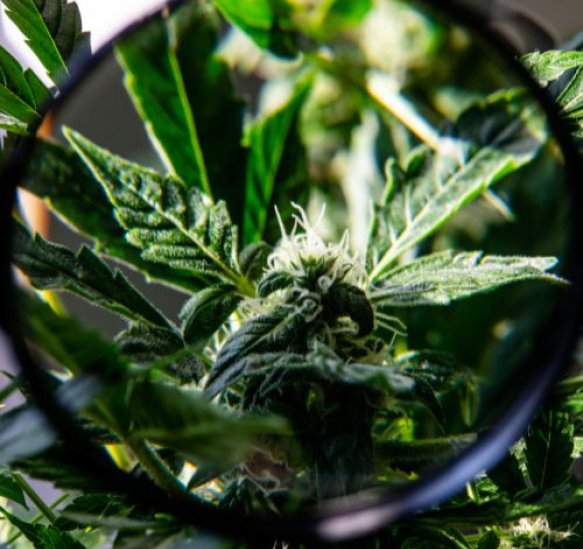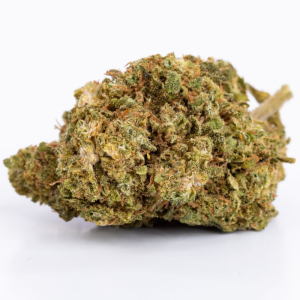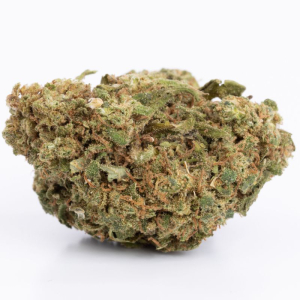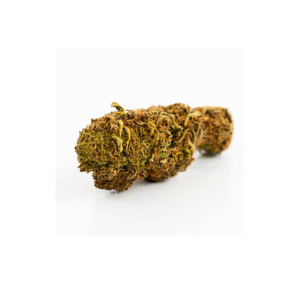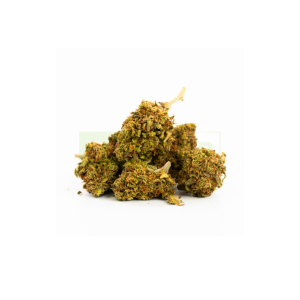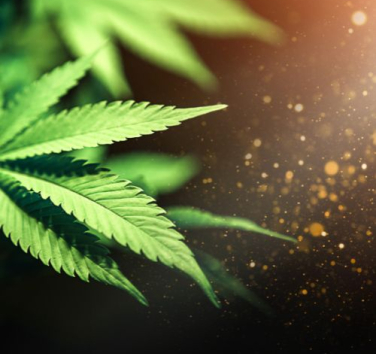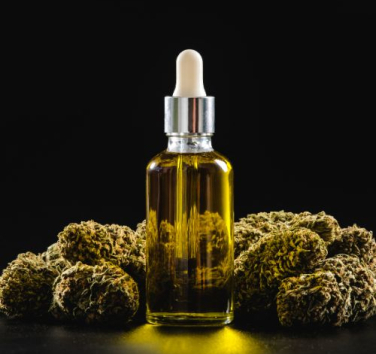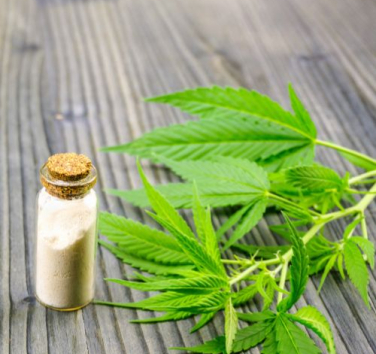What exactly is THC?
THC, or tetrahydrocannabinol, is the main psychoactive molecule in cannabis. In short, it is the substance that causes hemp to alter the cognitive abilities and state of consciousness of consumers.
Discovered in 1964 by Israeli chemist Raphael Mechoulam, THC acts on the human body's endocannabinoid system, a complex network of receptors located primarily in the brain and central nervous system. This interaction leads to several intoxicating effects, or "high", often sought after for recreational uses, with all the side effects that we know (anxiety, attacks of paranoia, torpor, etc.).
THC binds specifically to CB1 receptors, located in the brain in particular, and therefore modulates the release of neurotransmitters. It is this action that affects vital functions like memory, coordination, pleasure and reaction time.
Due to its effects, THC is also used in a medical setting for its analgesic, anti-inflammatory and antiemetic properties, including to relieve chronic pain, disorders related to multiple sclerosis and nausea induced by chemotherapy.
How is THC extracted from cannabis?
Solvent extraction is the most used method. It involves solvents like ethanol, butane or supercritical CO2 to dissolve cannabinoids and terpenes from the cannabis plant. Supercritical CO2 is often favored for its ability to efficiently extract compounds without toxic residues.
The extraction process begins with harvesting and drying the cannabis. The flowers, rich in THC, are then crushed to increase the contact surface. In supercritical CO2 extraction, the gas is pressurized to extreme levels until it reaches a supercritical state, where it acts as both a gas and a liquid.
This supercritical CO2 passes through the crushed cannabis to dissolve the cannabinoids and terpenes which it carries into a separate container. Once the pressure is released, the CO2 returns to its gaseous state, leaving behind a pure THC extract.
What are the non-psychotropic applications of THC?
THC is not only used in an outlaw setting for recreational purposes. The molecule also has analgesic and anti-inflammatory properties, widely used in medicine to relieve chronic pain in patients with pathologies such as fibromyalgia or multiple sclerosis.
These effects are obtained without necessarily causing the euphoria associated with its recreational consumption thanks to controlled dosages and administration under medical supervision.
THC is also a powerful antiemetic. It is often prescribed to patients undergoing chemotherapy to reduce nausea and vomiting associated with aggressive treatments. Also, THC stimulates the appetite, which is beneficial for patients suffering from cachexia or loss of appetite due to serious illnesses like HIV/AIDS.
In the field of neurology, studies have shown that THC may have neuroprotective effects. It could play a role in reducing neuronal damage and in the treatment of neurodegenerative diseases such as Alzheimer's and Parkinson's.
Finally, THC is used in dermatology for its anti-inflammatory and antioxidant properties. Creams and balms containing THC are applied topically to treatinflammatory skin conditions such as psoriasis or eczema. These formats allow you to benefit from the beneficial effects of THC without penetrating the blood system in sufficient quantities to cause psychoactive effects.

